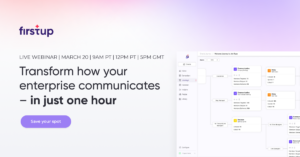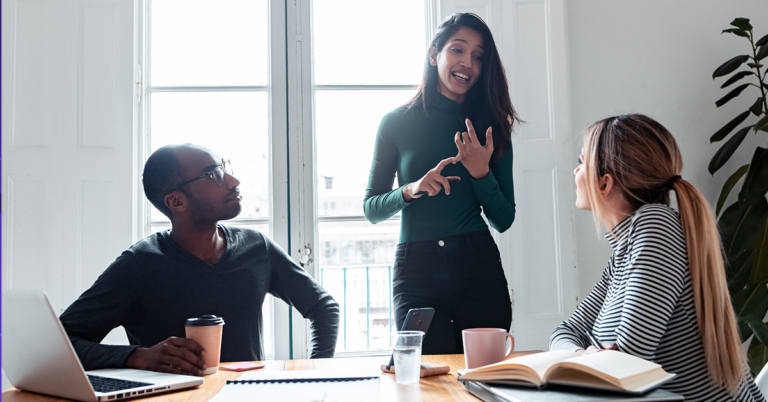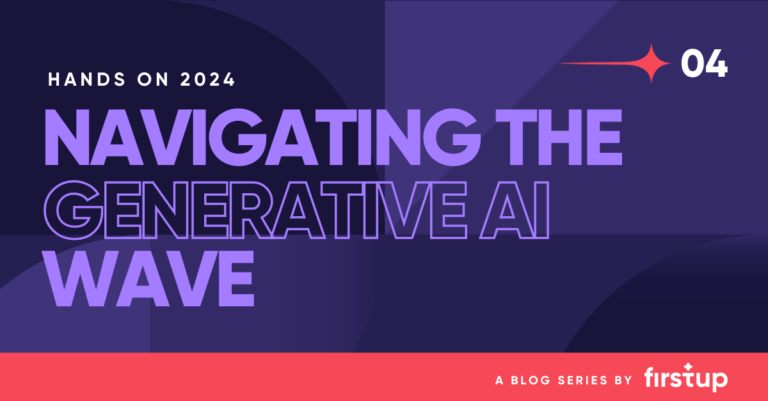It seems that everything is going digital these days, and healthcare is no different. While healthcare workers may not have the option to work from home, they can still enjoy the benefits of digital innovation in the workplace. Here are just a few of the technologies that healthcare workers across the country are using to make their jobs easier and improve patient outcomes.
Electronic health records (EHRs)
Only a decade ago, many health records were still largely stored on paper in complicated filing systems. This system was cumbersome and slow, making it difficult to share patient data with other providers and for patients to access their own records. Clearly, something had to change.
Starting with 2009’s Health Information Technology for Economic and Clinical Health (HITECH) Act, digital recordkeeping started to become the norm in healthcare. This change allowed clinicians to easily share patient data and patients to take ownership of their own data. But just because records went digital doesn’t mean everything was suddenly easier and better.
Anyone who has worked in healthcare through this transition can tell you there have been bumps in the road. The broad adoption of digital recordkeeping came with its own challenges and some healthcare workplaces are still dealing with many of them.
If you haven’t done so recently, maybe it’s time to evaluate your EHR system. As this technology evolves, platforms and systems are continually improving. Make sure you have a system in place that works well for your healthcare employees and patients alike.
Telehealth visits
Telehealth visits were on the rise even before the COVID pandemic swept the world. While there are obvious reasons some visits need to be conducted in person, routine follow-up on lab results and simple sick visits can be more productive when performed remotely. But doctor-to-patient communications are only one aspect of telehealth.
Hospital-based telemedicine and inter-facility communications are greatly improved when doctors can consult with expert specialists remotely. In large hospital systems, this allows all locations to access the expertise of your top experts, without the need to transfer patients in most circumstances. In rural communities or places where there may be a shortage of doctors, telehealth allows nurses to handle patient care with remote supervision. Nursing homes can consult with emergency departments without moving high-risk patients. The possibilities are nearly endless.
If your facility is not making the most of telehealth technology, perhaps it’s time to explore your options. This is not a fad that will fade alongside memories of lockdown, but a real revolution in healthcare that will be with us for the foreseeable future.
Patient wearables
Patients today carry more technology in their pockets than supercomputers could muster a few decades ago. What’s more, interconnected devices have permeated our culture, from smart security cameras to thermostats to remote programming for nearly any digital device you can think of. Why shouldn’t healthcare be part of the Internet of Things (IoT) trend?
Wearable devices like Fitbits and smartwatches allow patients to track their activity level, heart rate, and other biometric data. In most cases, patients can even share data directly to their doctor’s office, allowing healthcare workers to see their progress toward fitness goals. But wearable medical devices can go far beyond simple fitness trackers.
Here are just a few of the wearable connected devices that doctors and patients are using to better track health today:
- Blood Pressure Monitors
- Blood Sugar Monitors
- ECG Monitors
- Fertility Trackers
- In-Facility Wireless Patient Monitoring
- Sleep Trackers
- Smart Baby Monitors
- Smart Hearing Aids
It seems that there are wearable devices designed for nearly every area of healthcare, from the NICU to senior care. It may be time for your facility to explore the ways this technology can improve care and outcomes for your patients.
Simplified communications
Communications within the healthcare workplace must be safe, reliable, and easily accessible to all staff, whether they sit at a computer or not. Not only that, busy clinical staff members don’t have the time to wade through emails and other messages that don’t pertain to their job. Instead, they need quick access to important information, without all the extra noise.
“The goal was to provide a place for employees to log in for the need to know, but stay for the nice to know, and connect with a community of people that work and have the same mission.“
Paul Baltes, Director of Communications at Nebraska Medicine
Firstup is an excellent example of a communications platform that works well in the healthcare workplace. Targeted content means that messages go only to the employees they’re intended for, making it easy for your team to find the information they need at a glance. The platform is device agnostic, meaning it works from a desktop PC, but also from a smartphone, tablet, or other connected devices. You can broadcast messages to email, intranet, or mobile users at the push of a button. And with our unified analytics dashboard, you’ll see exactly how your messages are received, which communications are most effective, and how well you’ve engaged your workforce. To learn more, request a demo today.
No matter where your healthcare facility stands with technology, one thing is certain: it will only become more and more important to engage with these advancements. Digital technologies offer a multitude of benefits across the entire healthcare space. Don’t be left behind!











